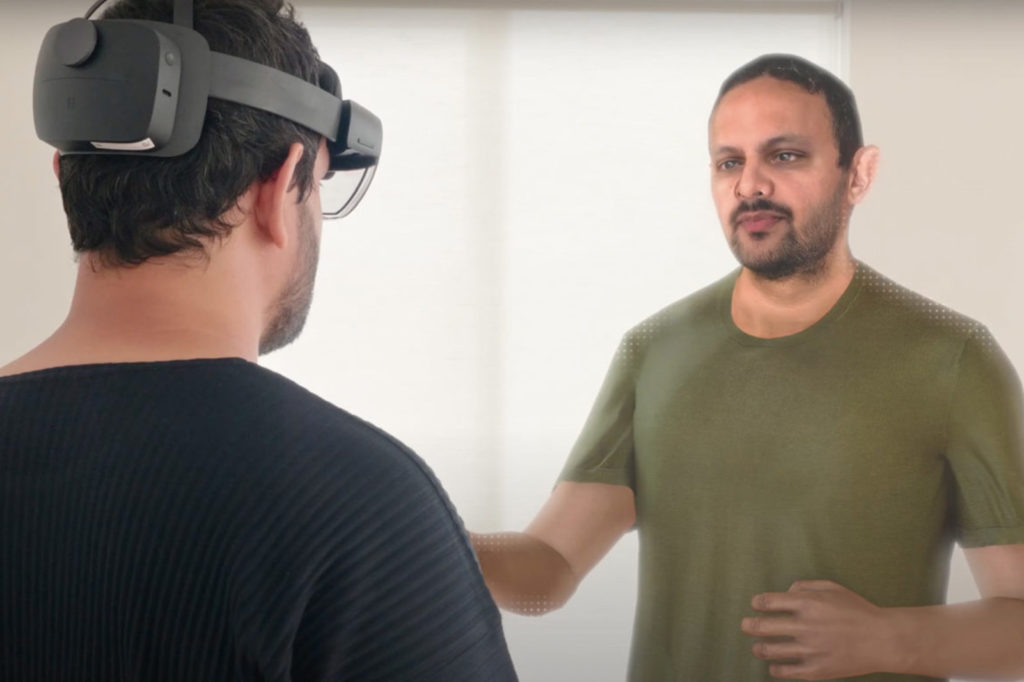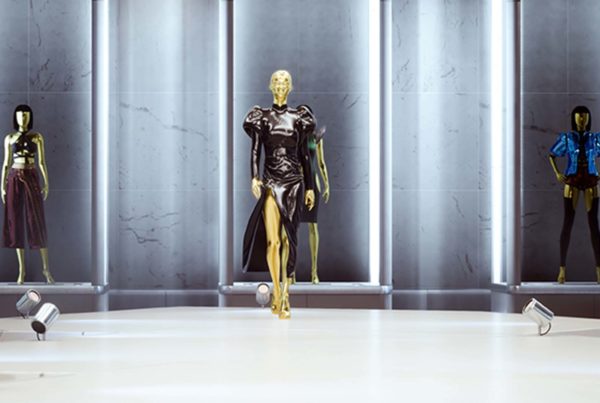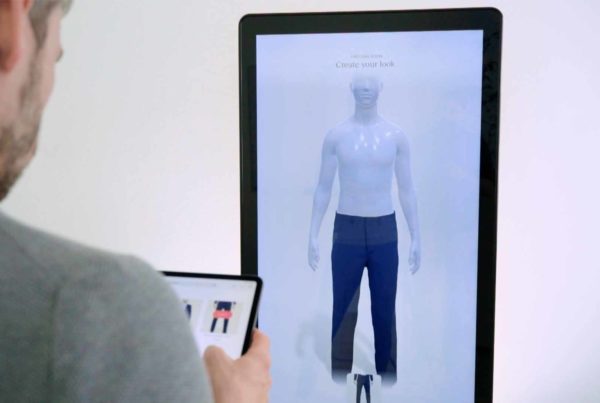In collaboration with Microsoft and the London College of Fashion, we created the world’s first interactive, personalized stylist. The result was promoted by Microsoft’s CMO, Chris Capossela, and published in WWD and other big outlets.

MIRROR, MIRROR: there’s only one thing better than a mirror that compliments: a mirror that also gives style advice, depending on body type and lifestyle, time, and place.
Three companies have teamed up to take the magic mirror from “Snow White” to a new level, creating life-size personalized holograms of customers’ characters. These avatars are not idle either: they can give advice, retrieve items from fashion sites and help customers plan for changing weather and special occasions.
The Fashion Innovation Agency at London College of Fashion, Reactive Reality, a provider of 3D shots for mobile phones, and Microsoft have collaborated on the artificial intelligence project “Personalised Digital Human Stylist of the Future.” The project will be launched on Tuesday.
According to the developers, men and women who create an avatar can virtually try on clothes and receive personalized style advice. The avatar/stylist will also be able to learn and predict a user’s behavior and style preferences based on their existing wardrobe and suggest clothes to the user, who will be able to see them immediately on their 3D avatar.
The avatar can connect directly to online websites to buy clothes and access people’s calendars to plan upcoming events.
The avatar/stylist will have realistic animations, speak through Microsoft’s cognitive services and offer style advice based on a large amount of data and pre-scanned 3D clothing stored in the user’s digital “wardrobe.”
Stefan Hauswiesner of Reactive Reality said the three companies will be able to “turn the user’s home into a virtual fitting room” and that users will get all the benefits of an in-store shopping experience online, “allowing everyone to virtually try on their favorite clothes and make smart outfit choices.”
The inventors claim that the avatars will also help shoppers reduce waste, allowing them to “rummage more thoughtfully,” resulting in “fewer unwanted returns.”
In recent months, life-size hologram technology has been gaining ground in the industry.
This summer, JW Anderson collaborated with augmented reality start-up HoloMe, where designer Jonathan Anderson and his team created holograms of mannequins wearing clothes from the spring/summer 2021 collection.
HoloMe could then broadcast these collections live into people’s homes and offices.
Using their mobile phones, shoppers could write down their orders while viewing high-resolution, life-size holograms of the clothes in their flats or offices. In addition, they could zoom in on the garments to examine fabrics and styling details.
In July, Bruce Pask, director of menswear at Bergdorf Goodman and Neiman Marcus, posted photos of holographic models from JW Anderson in his kitchen.













